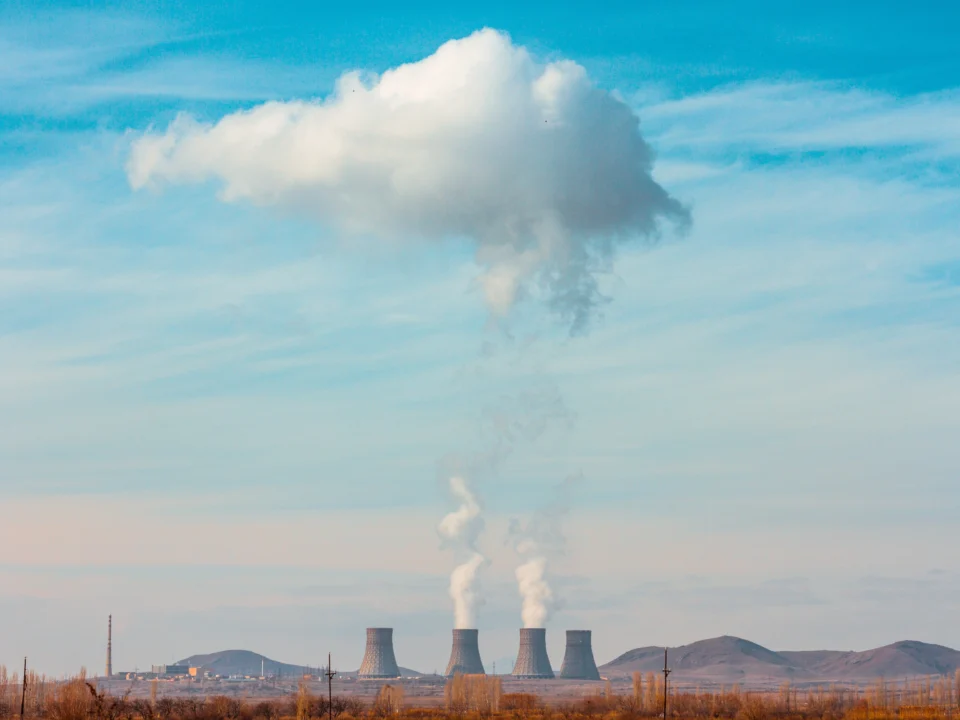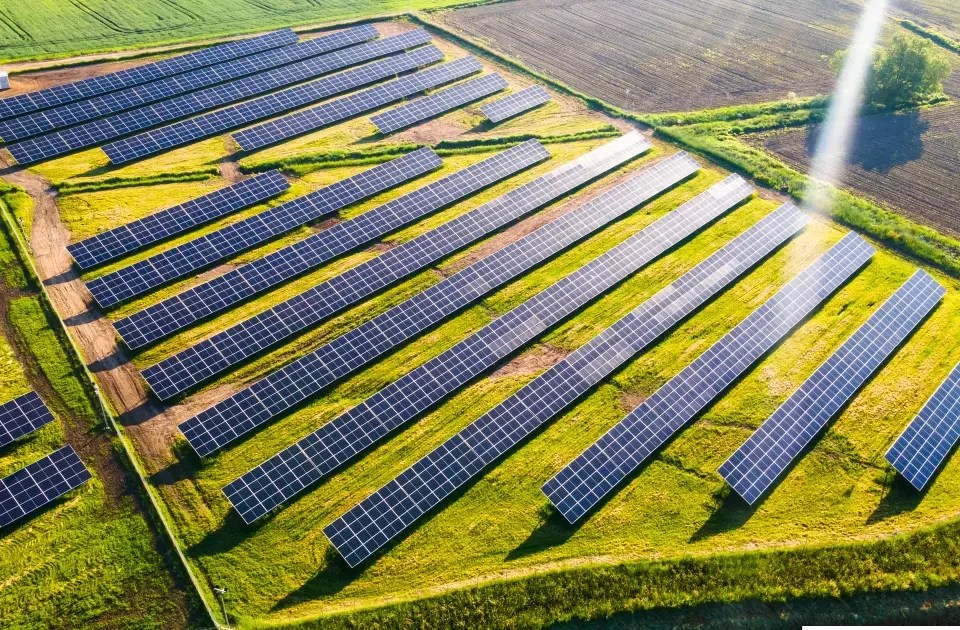Have you ever thought of installing solar panels in isolated snowbound regions with harsh weather conditions? Well, this thought has been turned into reality. This seemed like a very far-fetched mission but it has after all turned out to be true. Let’s get into the details of that.
Himachal Pradesh is a northern state in India which is Heli where snow and sun abound, it is
about to break new ground. This state in India plans to set up a one-gigawatt solar power plant in the Spiti Valley, an area that typically sees more than 300 clear and sunny days in a year but remains snowbound for up to a third of the year.
Installing solar power plants in snowbound areas offers an important and huge avenue for
reducing pollution and mitigating climate change. Investments in such locations also bring great job opportunities and boost incomes for locals who may otherwise need to seek employment in faraway cities.
There are various high-altitude developing countries across the world with solar potential,
Armenia and Serbia to name a couple. Yet, despite the clear skies and low temperatures in
snowbound, hilly regions that may be conducive to solar photovoltaics, installation in these
areas is a difficult task. The reality is that their remoteness can pose many other challenges such as logistics handling, suitability of technology, access to the grid, as well as regular routine and emergency maintenance.
Although tough, these challenges can be overcome — especially when lessons are shared to
lower the learning curve for each new high-altitude, snowy solar project. A new Live Wire
publication, Installing Solar Power Plants in Snowbound Areas: Lessons from Himachal
Pradesh, India, suggests a set of recommendations that answer common questions about
harnessing high-altitude solar power.
These include:
Why should you consider solar photovoltaic projects specifically in a snowbound area?
What difficulties and challenges do snowbound solar projects pose — and what solutions are
available?
How do you evolve robust design specifications for solar projects in harsh weather conditions?
What specific logistical and climatic constraints should you account for while considering such projects?
What main factors should you consider while formulating an operations and maintenance plan?
One clear point that comes out clearly is that, when you embark on the challenge of
high-altitude solar panels, the key to success is a holistic approach that accounts for local
climatic and topographic variables, while bringing tested engineering solutions to the fore.
Moreover, as the experts highlight in this report, based on the Himachal Pradesh case study,
setting up is one challenge — but successfully operating over a period of time involves strong
planning, maintenance, knowledge sharing, and local capacity building.
As the cost of solar continues to fall, finding new ways to install more capacity makes increasing sense to help address climate change, use infrastructure funds well, and increase energy access and security for more people around the planet.




